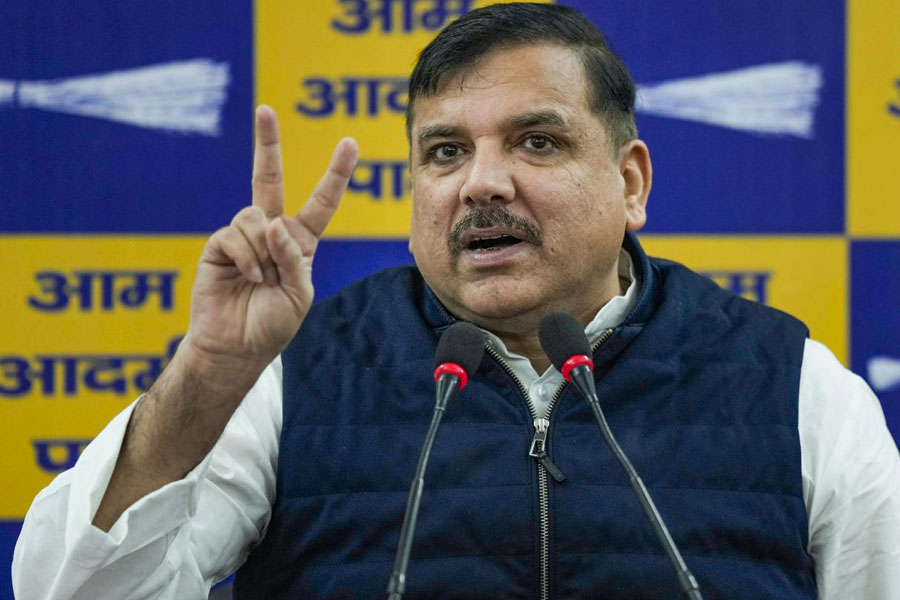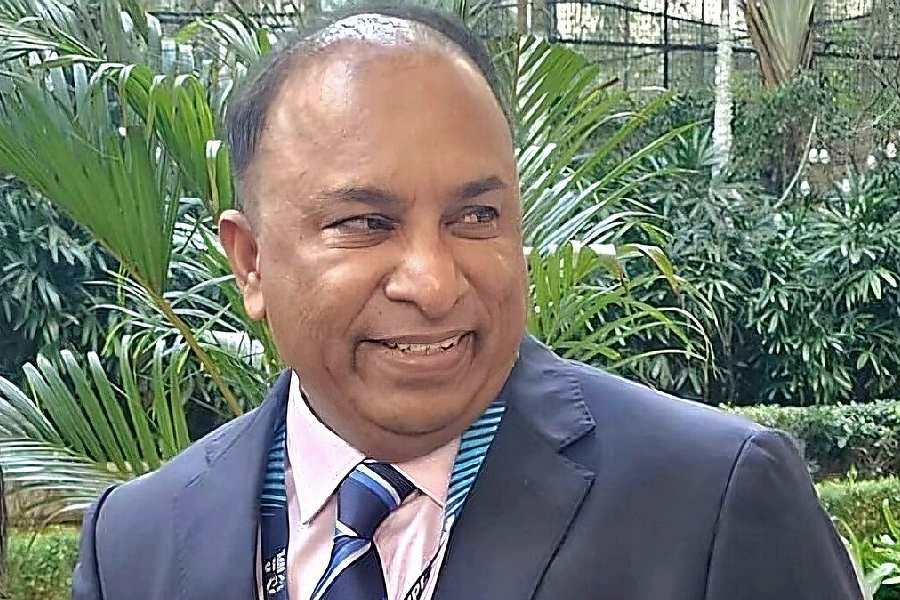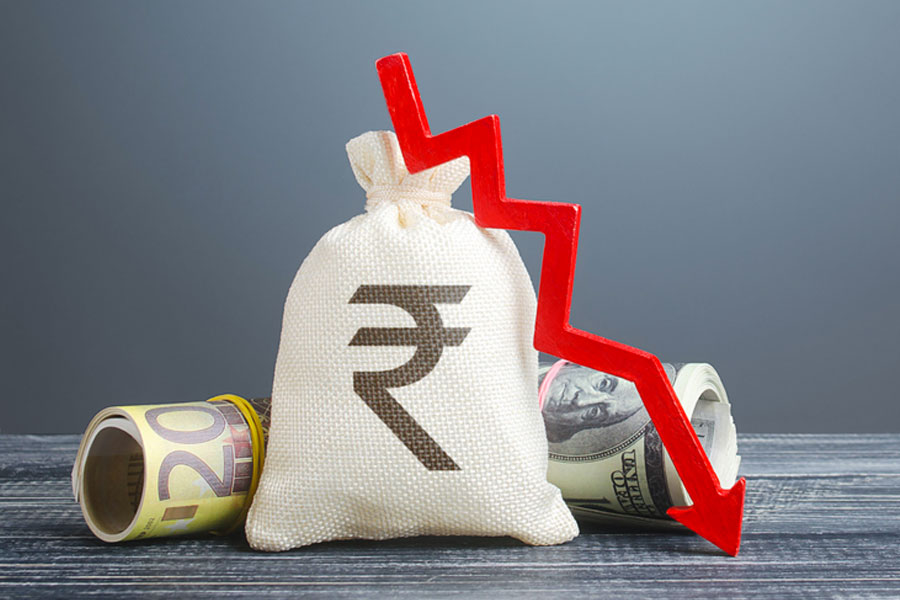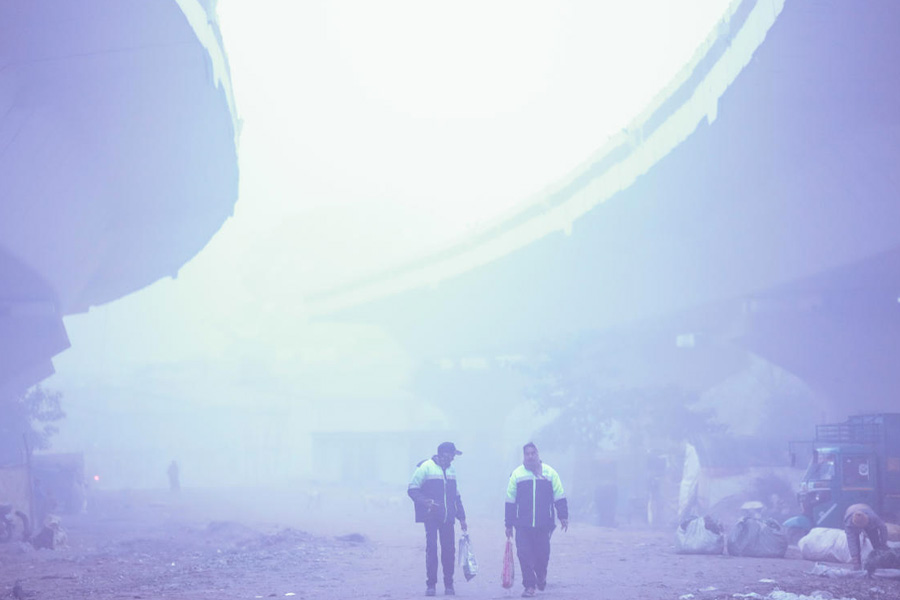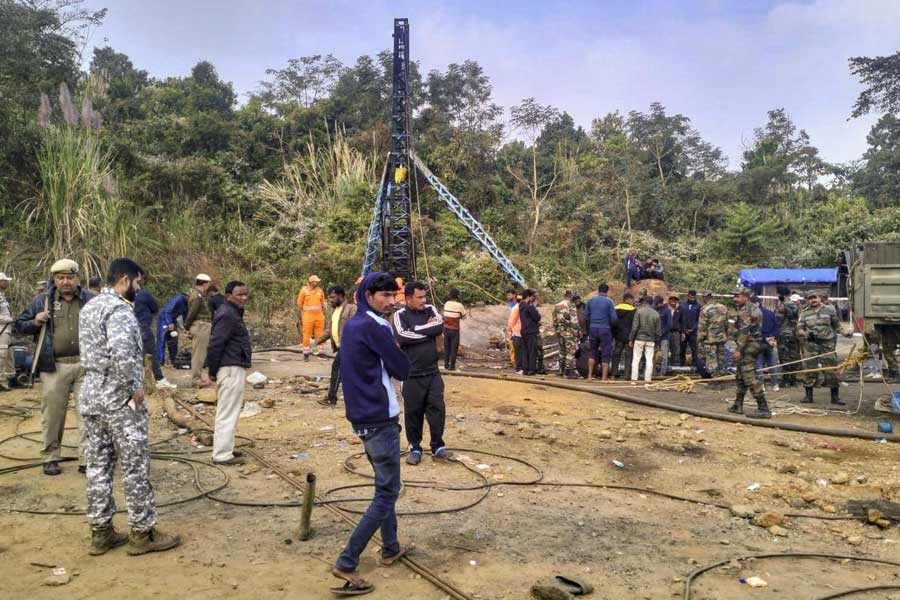BOOK: The Museum of Broken Tea Cups: Postcards from India’s Margins
AUTHOR: Gunjan Veda
PUBLISHER: Yoda/Sage/Select
PRICE: Rs 525
In 2003, Martin Macwan, a Dalit activist and founder of the Navsarjan Trust, led a 100-day march across Gujarat, protesting against caste atrocities. The marchers’ slogan, “Ram patar chhodo, Bhim patar apnao”, alluded to the continued use of rampatar, the ‘untouchable’ vessels kept outside upper-caste houses meant specifically for the use of Dalits. Instead of breaking the vessels, they encountered during the march as a symbolic denunciation of this degrading practice, Macwan suggested that they preserve them for a ‘Museum of Broken Tea Cups’. This idea appealed to the author, Gunjan Veda, even though Macwan never got around to curating the museum that was his brainchild.
The conceit of the museum structures the book as a whole. Apart from an introduction and a confessional epilogue, it is divided into five ‘galleries,’ each containing several ‘postcards’ through which Veda narrates the Dalit experiences she has ‘collected’ with help from the activists at the Dalit Foundation. Veda notes her surprise on being asked to write a book that would offer a “fresh look at the issue” to mark the Foundation’s tenth year, given her initial unfamiliarity with the extent of structural and personal caste violence prevalent in India.
The premise of the book is that the law cannot address the societal perceptions of caste, and that a change in attitudes can be effected only by recognizing the contributions of Dalits and giving “them the respect due as innovators, nurturers and artists”. Who recognizes these contributions or gives due respect remains somewhat unclear, but the stories that she brings together make the book a compelling read.
The postcards are written from six different states in India, although it is evident that her travels have taken her beyond. The biographies — they range across narratives of hope and despair — cannot be faulted for sentimentality: there are stories of multi-faceted artists like Deo Kumar who wear their caste identity as a badge of honour; celebrations of stubbornness of people like Rajneeta, who refuse to comply with family traditions, opting instead for education and anti-caste mobilization; and then there are tales of performers like Kajal, who share a purely functional relationship with the art industries that have entrapped them.
Several success stories in the book can be attributed to the phenomenal work that the Dalit Foundation has done since its inception in 2003, but there are other narratives of institutional or structural triumph as well. The book includes useful chapters on key figures in Dalit history, which are linked powerfully with individual battles being waged even today.
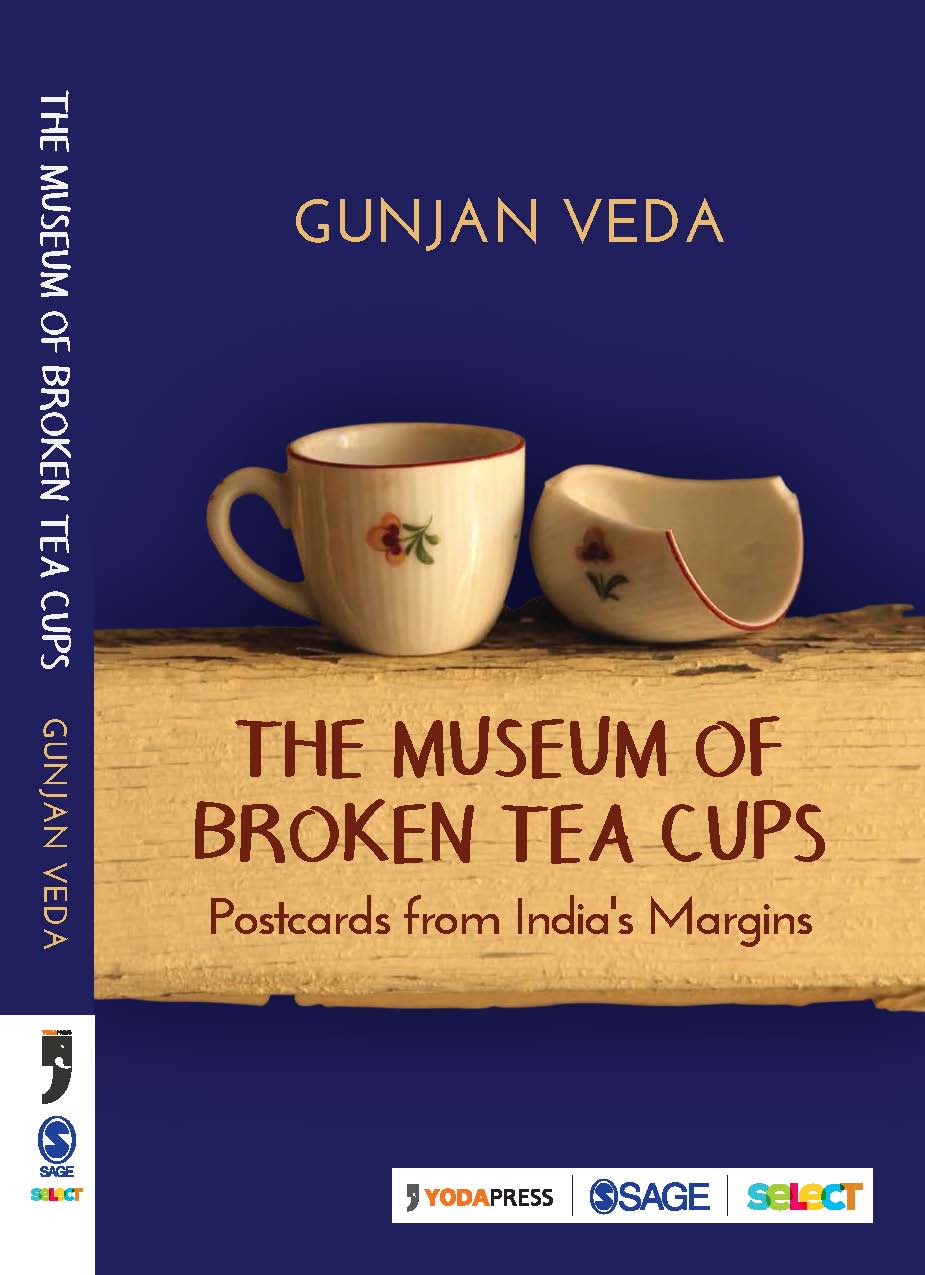
The Museum of Broken Tea Cups: Postcards from India’s Margins by Gunjan Veda, Yoda/Sage/Select, Rs 525 Amazon
However, if we try to plot the biographies on a map, we get a skewed perspective of caste violence, which appears to be restricted only to India’s rural or, at best, peri-urban areas. Writers are within their rights to be selective about their geography but a disclaimer regarding the rampant abuses in cities would have presented a truer picture to the uninitiated. Besides, there are a few other issues about the book’s positioning that ought to be flagged.
Museums build narratives around their collections. In this case, while the stories are extremely powerful, the curation was done largely with a privileged group of visitors in mind. It was an uneasy reminder of Gopal Guru’s charge that Dalits are “museumized” too often and made to be the “object of somebody else’s thinking”. For instance, in the epilogue, Veda reassures her visitors that no one will be judged for his/her ignorance about caste — and she is transparent in laying bare her own privilege-induced-prejudices before strangers. However, can this acknowledgement or, indeed, the symbolic act of discarding the rampatar from one’s home be anything more than a starting point? Given the number of cases of caste violence that take place each day, the conversation among ‘upper-caste’ allies must surely move beyond self-congratulation for belated realizations to more direct confrontation of their own privileges. Perhaps, as T.M. Krishna said in a recent interview, at times this could mean unceremoniously receding into the background so as not to muffle the voices of those with less access.
Does this mean that savarna or otherwise privileged writers do not have the right to speak on caste issues? No; we can keep returning to the debate around Arundhati Roy’s controversial introduction to Annihilation of Caste for more nuanced views. But we must remember that curation is a political act and when a marginalized community is allowed to curate its own experiences, a very different narrative can emerge, which does not bring the discussion back inevitably to the question of savarna responses. So long as publishing houses and museums continue to gate-keep the power of interpretation — in the widest sense — by restricting it among socially privileged groups, the terms of the conversation will never be set by the marginalized.


